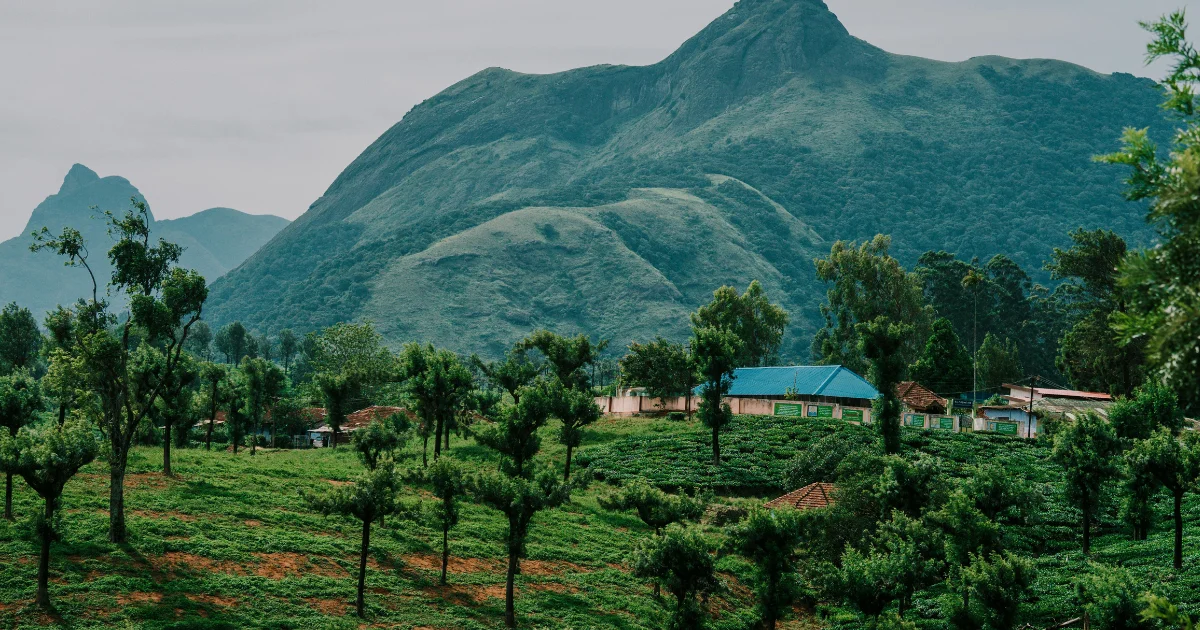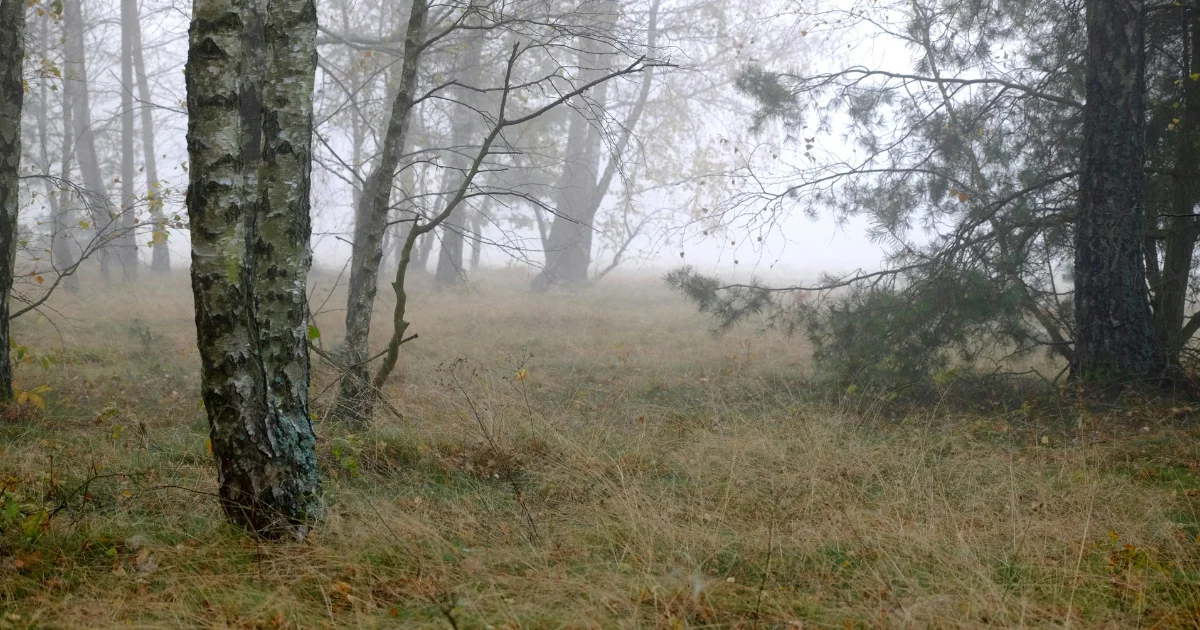How Trees Control Temperature
Trees play a vital role in regulating the Earth’s temperature, making them a critical part of the global ecosystem. From providing shade to absorbing carbon dioxide (CO2), trees work in multiple ways to keep our planet cool. This article explores how trees control temperature and why preserving forests is essential for combating climate change.
Trees Provide Shade
One of the simplest ways trees control temperature is by providing shade.
How it works: Tree canopies block direct sunlight, reducing the heat absorbed by surfaces like soil, roads, and buildings.
Impact: Shaded areas can be up to 10-15°C cooler than areas exposed to direct sunlight. This helps reduce the heat island effect in urban areas.
Trees Release Water Through Transpiration
Trees cool the air by releasing water vapor.
Process: Water from the soil is absorbed by tree roots, travels up through the trunk, and is released through the leaves as vapor.
Effect: This process, called transpiration, cools the surrounding air much like an evaporative air conditioner.
Trees Absorb Carbon Dioxide
Trees help regulate global temperatures by absorbing CO2, a major greenhouse gas.
Why it matters: Excess CO2 in the atmosphere traps heat, causing global warming. Trees act as carbon sinks, storing CO2 in their trunks, branches, and leaves.
Long-term benefit: Forests slow down climate change by reducing the overall concentration of greenhouse gases.
Trees Reduce Wind Speed
Forests act as natural windbreakers.
How it helps: By slowing down wind, trees reduce the amount of heat carried across an area.
In agriculture: Farmers use tree lines to protect crops from strong winds and extreme temperature fluctuations.
Trees Help Cloud Formation
Trees release volatile organic compounds (VOCs) into the atmosphere, which aid in cloud formation.
Impact on temperature: Clouds reflect sunlight back into space, preventing the Earth from overheating.
Global effect: Forests contribute to the cooling of the planet on a larger scale by supporting the water cycle and cloud development.
Trees Stabilize Local Climates
Forests create microclimates that stabilize local weather patterns.
Example: Tropical rainforests like the Amazon play a significant role in maintaining consistent rainfall and preventing extreme weather events.
Why it matters: These stable conditions benefit agriculture, wildlife, and human populations.
Trees Prevent Soil Erosion and Heat Absorption
Bare land absorbs more heat compared to areas covered by vegetation.
How trees help: Tree roots anchor soil, preventing erosion and exposing less heat-absorbing ground.
Result: Forested areas remain cooler than deforested regions.
Why Protecting Trees Is Crucial
Deforestation and urbanization threaten the planet’s natural cooling system. Losing trees leads to:
Higher global temperatures.
Disrupted rainfall patterns.
Increased greenhouse gas levels.
By preserving existing forests and planting new trees, we can mitigate the effects of climate change and ensure a sustainable future.
How You Can Help Trees Control Temperature
Taking action to protect and promote tree growth is essential for maintaining the natural cooling systems they provide. Here are ways individuals, communities, and governments can contribute:
Support Reforestation Projects
Reforestation involves planting trees in areas where forests have been depleted.
Join campaigns: Participate in tree-planting initiatives organized by local or global organizations.
Donate: Support charities and NGOs dedicated to reforestation, such as the Rainforest Alliance or One Tree Planted.
Practice Sustainable Living
Adopting eco-friendly habits can help reduce the pressure on forests.
Reduce paper and wood consumption: Opt for recycled products and sustainable materials.
Cut carbon emissions: Use public transportation, drive less, and conserve energy to slow global warming and reduce the need for deforestation.
Protect Urban Green Spaces
Urban trees are vital for cooling cities and improving air quality.
Plant trees in your community: Organize or join local efforts to grow trees in parks, streets, and gardens.
Advocate for green spaces: Encourage local governments to protect existing parks and allocate space for more trees in city planning.
Educate Others About the Importance of Trees
Raise awareness in your community about how trees control temperature and combat climate change.
Host workshops: Teach people about the environmental and economic benefits of forests.
Use social media: Share articles, videos, and facts about the importance of preserving trees and forests.
Reduce Deforestation Through Policy Support
Advocating for forest-friendly policies can help on a larger scale.
Support forest protection laws: Vote for leaders and policies that prioritize conservation.
Encourage sustainable agriculture: Promote farming practices that minimize land clearing and tree removal.
The Future of Trees and Climate Cooling
The role of trees in controlling temperature is becoming increasingly critical as the planet faces the challenges of global warming. Without forests, the Earth would heat up faster, resulting in severe environmental and social consequences. By taking steps to protect and grow forests, we can ensure that trees continue to regulate temperatures and provide a livable environment for future generations.
Relevant post: In impressive trees influence the climate in 2024
Other Relevant: Trees and Climate Change: How Forests Benefit the Climate
Conclusion
Trees are nature’s air conditioners, playing a vital role in controlling temperature. Through shading, transpiration, carbon absorption, and cloud formation, trees help cool the planet and stabilize the climate. Protecting forests isn’t just an environmental responsibility—it’s a necessity for our survival.




